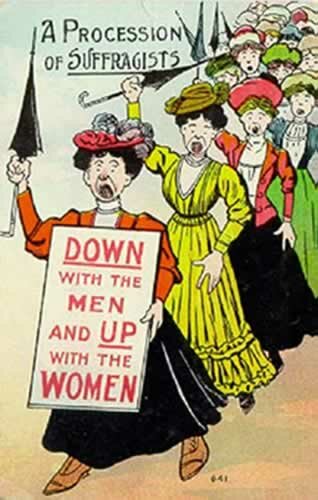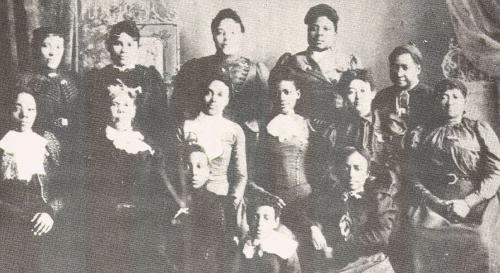BinkieBaumont
Rude Once Too Often
- Messages
- 3,324
"Cherry Mismas, hic!"
rmrdaddy said:I'll take a triple with Geesie!
dhermann1 said:Nah. It's 1970's or later.
The quality of the costuming is SUPERB if the whole thing is faked - so very good on so many levels that I still can't believe it's faked. The more I look at it, the more authentic detail and variety I see. That is an original photograph, from the later decades of the 19th century. The picture as a whole, however (with the sign), could have originated from the 70s for all I know.dhermann1 said:Nah. It's 1970's or later.
Mojito said:Yes, certainly the lampooning of a popular Temperance movement slogan - I'd love to know whether it was early or more recent, though!
The first films shot at the Black Maria, a tar-paper-covered, dark studio room with a retractable roof, included segments of magic shows, plays, vaudeville performances (with dancers and strongmen), acts from Buffalo Bill's Wild West Show, various boxing matches and cockfights, and scantily-clad women. Many of the early Edison moving images released after 1895, however, were non-fictional "actualities" filmed on location: views of ordinary slices of life — street scenes, the activities of police or firemen, or shots of a passing train.


dhermann1 said:My main reason for thinking as I do is the obvious posed expressions. They're trying to look as haggy as they can. They're wearing scowls like Margaret Hamilton in Wizard of Oz.









